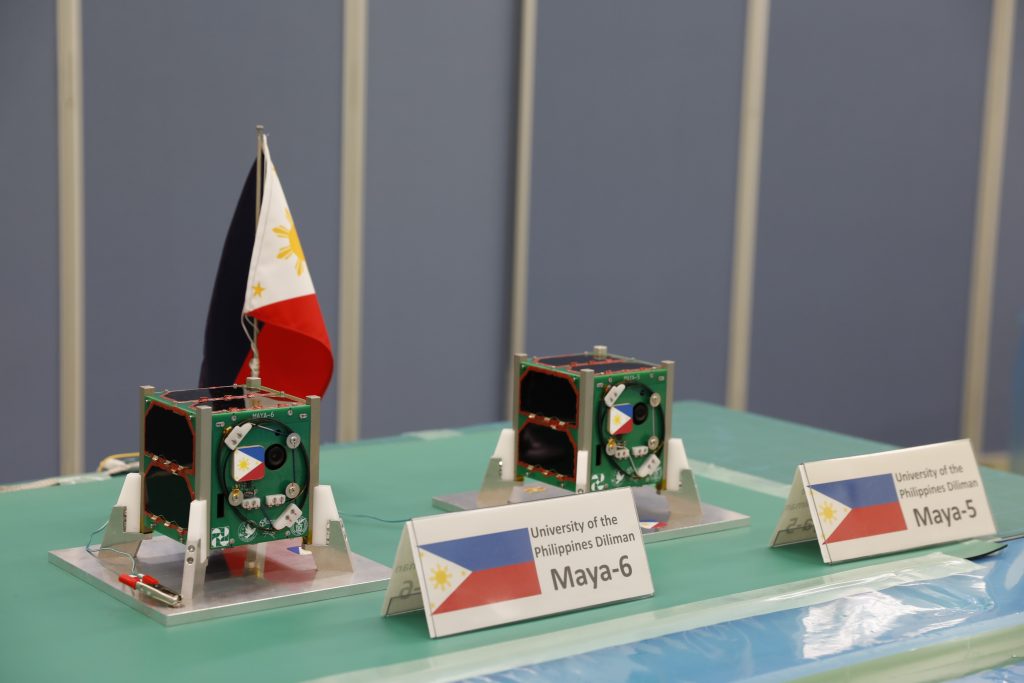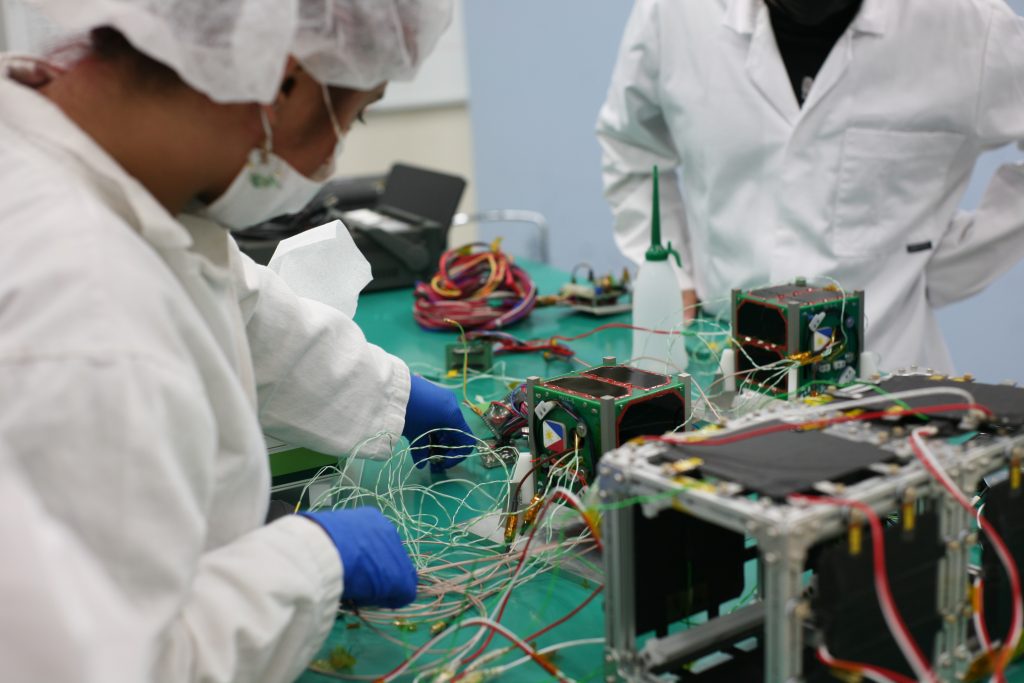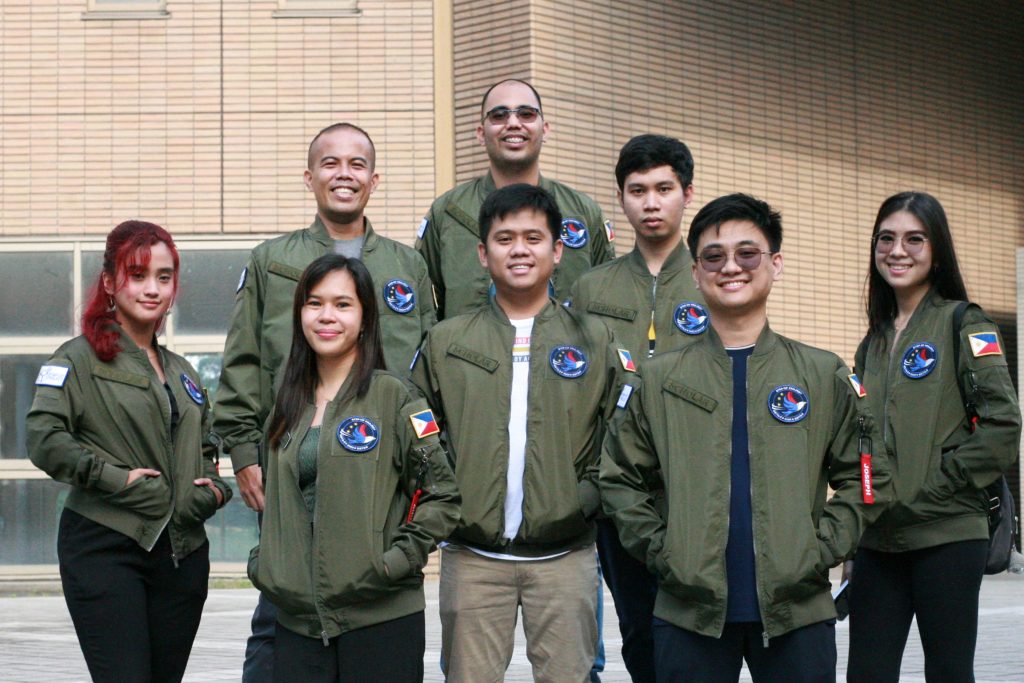

The Philippine Space Agency (PhilSA) announced the successful deployment of the locally developed cube satellites, Maya-5 and Maya-6, into space from the International Space Station (ISS).
The launch was facilitated through the Japanese Experiment Module (JEM) Small Satellite Orbital Deployer-26 CubeSat deployment mission on July 19.

Photo from Japan Aerospace Exploration Agency (JAXA)
Recall that SpaceX Dragon Falcon 9 had previously launched the CubeSats to the ISS on June 5.
According to PhilSA, the two 1.3-kilogram 1U CubeSats will provide valuable data for weather monitoring and emergency announcements.
“Named after the revered Philippine bird, they symbolize our country’s commitment towards contributing to global scientific and technological advancement,” Engr. Valerie Macaraeg said during the deployment.
In a statement released on July 20, the scholars involved in the development of these satellites emphasized the importance of the initial days following the deployment.
“During the first 72 hours from release, we will be monitoring the health of the satellites in orbit. The hope is that within the first few passes, we will be able to receive their beacons, which will tell us significant information such as the status of antenna deployment and battery levels,” they said.

”Once functionalities are tested, the data to be acquired during the satellites’ time in orbit will also shine light on scientific questions and can be analyzed for future satellite developments in the Philippines. This is possible because of the cooperation of many ground station operators around the world,” they added.
The scholars reported that they received the "first beacon" from Maya-5 and Maya-6 through an amateur radio satellite station at the University of the Philippines Diliman at 4:34 PM on Wednesday, 90 minutes after the satellites were released into space.
The next step for the team is to closely monitor the condition of the CubeSats as they prepare for their respective missions.
The scholars behind Maya-5 and Maya-6 are Joseph Jonathan Co, Anna Ruth Alvarez, Ronald Collamar, Angela Clarisse Chua, Chandler Timm Doloriel, Khazmir Camille Valerie Macaraeg, Genesis Remocaldo, and Gio Asher Tagabi.

Photo from STeP-UP/STAMINA4Space
Maya-5 and Maya-6 were developed under the Space Science and Technology Proliferation through University Partnerships (STeP-UP) project of the STAMINA4Space Program.




